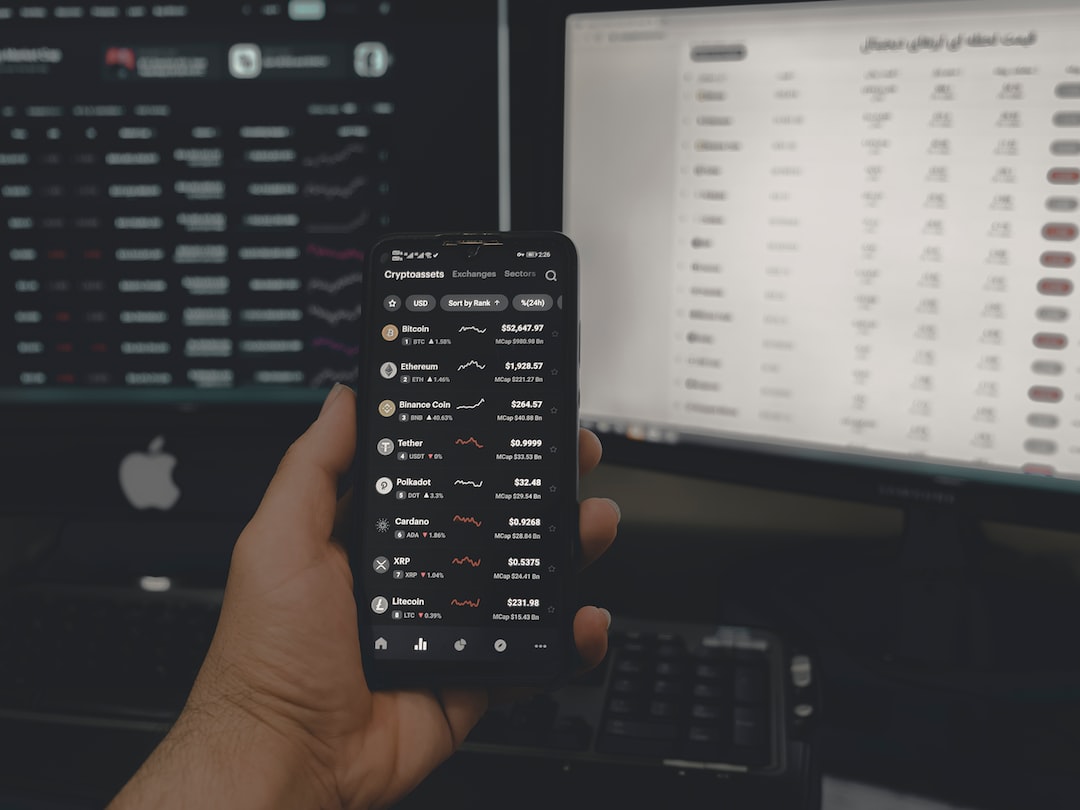YouTube’s New AI Content Policy
YouTube, the giant video-sharing platform, is making significant changes to its approach to generative artificial intelligence (AI) content. This shift has sparked discussions about ethics and creator responsibility as the platform aims to balance creative freedom with viewer protection in the AI era.
Crackdown on Generative AI Content
As part of its latest policy updates, YouTube now requires creators to disclose their use of AI in creating videos. This transparency is especially important for content that appears altered or synthetic. YouTube’s vice presidents for product management, Jennifer Flannery O’Connor and Emily Moxley, have emphasized the potential of generative AI while also highlighting the importance of protecting the YouTube community. The new rules, effective next year, align with Google’s broader policies requiring AI-generated political ads to carry warning labels.

New AI Identification Tools
YouTube is also deploying AI to identify and address content violations more effectively. This includes removing AI-generated videos that simulate identifiable individuals and breaking down long-form video comments into manageable themes using AI tools. These experimental features reflect YouTube’s commitment to evolving its platform in response to user feedback and technological advancements.
Hot Take: Ethical Implications of YouTube’s AI Policy Changes
The changes made by YouTube in its approach to generative AI content raise important ethical questions about creativity, transparency, and user protection. While these changes aim to enhance user experience and protect the community, they also highlight the complexities of navigating the evolving landscape of AI-generated content. The debate surrounding these policy updates underscores the need for ongoing dialogue about responsible content creation and the ethical use of generative AI on platforms like YouTube.





 By
By
 By
By
 By
By
 By
By
 By
By
 By
By